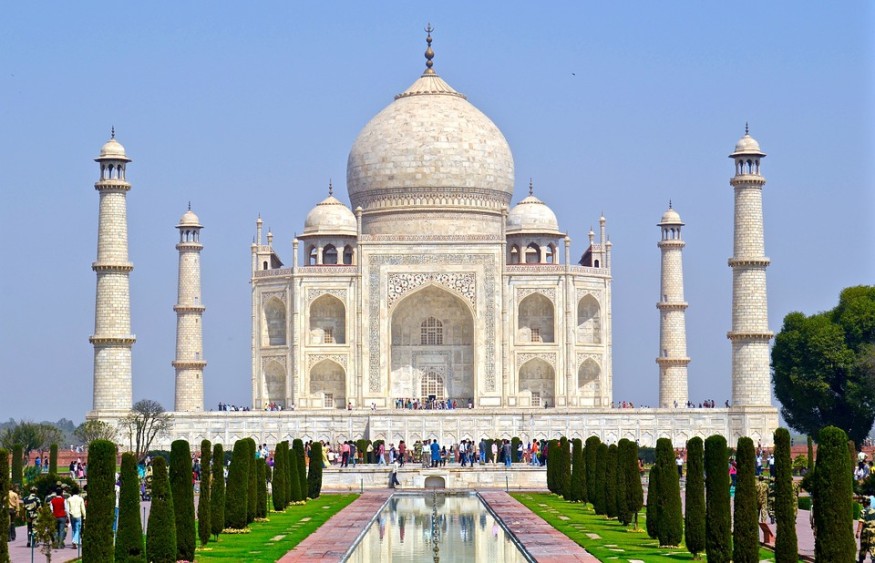
Prime minister Narendra Modi announced that India is building a coalition for disaster-resilient infrastructure and invited other nations to join the initiative.
India is among the nations that suffered the highest losses—with over $80 billion worth of damages in the last 20 years—due to natural disasters. This year's monsoon killed 1,673 people in floods and rain-induced buildings collapse.
Kamal Kishore, a member of India's national disaster management authority (NDMA) who is spearheading the coalition, told Quartz India that Modi's new alliance is a knowledge-management and capacity-development platform, and not one for investment.
According to Kishore, the coalition would be a collaboration among governments and other enterprises, such as IITs and foreign colleges, international banks, and UN associations.
Kishore said the main objective of the coalition is to see disaster resilience based on a "system's perspective" apart from the level of assets available.
He noted that Mumbai gets about as much annual rainfall as Singapore—with 800 millimeters (mm) of rain every year.
"When you design an infrastructure system in Singapore, you are designing for a much lower extreme compared to when you're designing for Mumbai," he said.
However, he acknowledged that India has an "inherent characteristic" that made disaster-resilience implementation challenging in the nation. Kishore added that the geography of floods in India might change from time to time due to the "large spatial variation" of the country.
Despite the challenges that they faced, Kishore regarded the underground cabling of power systems in a few Odisha towns as one of the notable examples of disaster-resilient infrastructure in India.
After cyclone Fani hit the country earlier this year, Kishore said the electricity connection in several Odisha towns was up and running within days due to the help of underground cabling power systems.
Kishore, however, acknowledged that implementing a disaster-resilient country would cost them more and would need to make some necessary trade-offs with the stakeholders.
To change their future investments in infrastructure, the national disaster management official said the government has to take a "systems view" in all sectors—from transport, power, and telecom, and discuss everything needed to be tackled.
Meanwhile, the United Nations has praised PM Modi for launching the global Coalition for Disaster Resilient Infrastructure (CDRI).
The UN Office for Disaster Risk Reduction (UNDRR) said it has worked with India and partner countries in building the coalition that will facilitate knowledge exchange, provide technical support, and capacity-building.
The CRDI added they would set a target for member countries, including India, to reduce disaster deaths and economic losses while striving to achieve Sustainable Development Goals in the member countries.
UNDRR head Mami Mizutori said CDRI would be focusing on developing resilience in ecological and social infrastructure with emphasis on health and education.
The organization will also give special attention to transportation, telecommunications, energy, and water. In addition, the group will look at the regulations and risk assessment for infrastructure structure.
It would also see the role of finance in promoting disaster resilience of infrastructure and mechanisms for supporting recovery in infrastructure.
India is likely to spend $1.5 trillion on infrastructure in the next 10 years, according to the Times of India.
When asked if they would seek international finance from the United Nations, Kishore said it is "too early" to declare if they would be levering climate finance.
© 2025 NatureWorldNews.com All rights reserved. Do not reproduce without permission.





